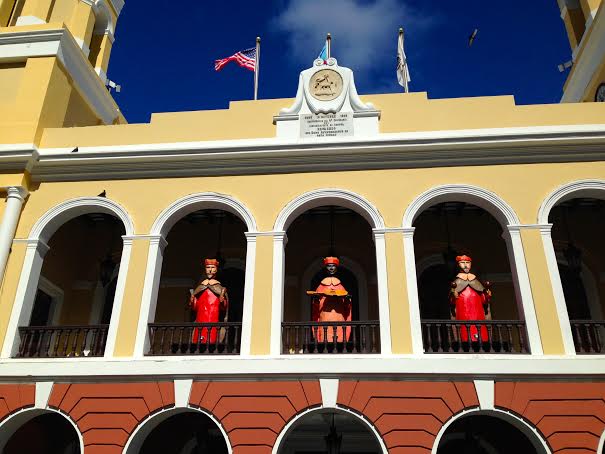January 6, the Feast of the Epiphany, is a time when Christians celebrate the arrival of the Magi from the East. The word Epiphany comes from the Greek word meaning “manifestation,” and it celebrates the manifestation of Christ to the whole world. We are reminded that December 25 is not the end of Christmas; Christmas lasts twelve days (yes, this is where “The 12 Days of Christmas “originated), ending on January 6. For many Christians, it is a time to take a breath after the hectic schedule of Advent and Christmas. While we often talk about “putting Christ back in Christmas,” we forget that Epiphany celebrates Christ’s coming into the world.
The Festival of Epiphany originated in the Eastern Orthodox Church, in which it is known as Theophany, and where it retains its importance. Likewise, Epiphany is highly important in Latin America, both culturally and religiously, where it is known as “El Dia de los Tres Reyes Magos.” These churches and cultures have several traditions that help us to interpret the Christmas season properly and could be adopted in order to reclaim the importance of Epiphany.
First is the King’s Cake, which is associated in some countries with Epiphany and in others with pre-Lenten celebrations of Mardi Gras/Carnival. While versions of King’s Cake vary, in Hispanic countries the Rosca de Reyes is bread-like cake with a figurine representing the baby Jesus baked inside. The eating of the cake represents a symbolic search for the baby Jesus. In many countries, the person who finds the cake will provide next year’s cake and/or host a celebration. In this way, the King’s Cake also represents the link between hospitality and Epiphany. As we give and receive hospitality during Christmas and Epiphany, we find God at a surprisingly familiar place: the table.
Another tradition that is popular in Latin America is that children leave out their shoes for the Three Wise Men who fill them with presents while they sleep. Many children write letters to the Three Wise Men and leave out hay and water for the donkeys or snacks for the Magi. In this way, the Three Wise men take the place of Santa Claus (although this is changing, especially for immigrants to the United States). It is significant that the Magi are seen as the gift givers in Latin American culture, rather than a jolly old man in a red suit. We need to remember that the Magi traveled a great distance to recognize the birth of a foreign king, and in doing so, they gave gifts in acceptance of Jesus’ peaceful reign. When reenacting the gift giving of the Magi (even if it is commercialized by the latest and greatest toys), we acknowledge Christ’s entrance into the world by making our homes places of hospitality and blessing.
As you prepare to celebrate Epiphany in your home or church, I would like to offer one caveat: hold traditions lightly. Epiphany traditions vary greatly by denomination, region, culture and family. Any of the traditions mentioned could be adopted for Sunday School, children’s time during worship, or even a home celebration. Flexibility helps to recover traditions far more than rigidity. Reclaiming Epiphany means that families and churches join the Magi in seeking and adoring the Christ Child. There are abundant riches and traditions in this great feast to consider, celebrate and enjoy.

